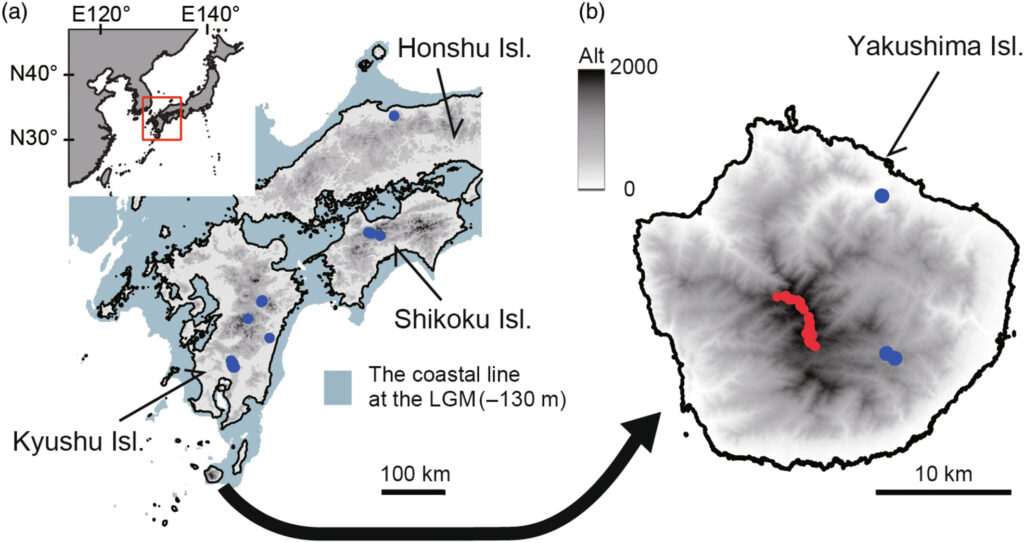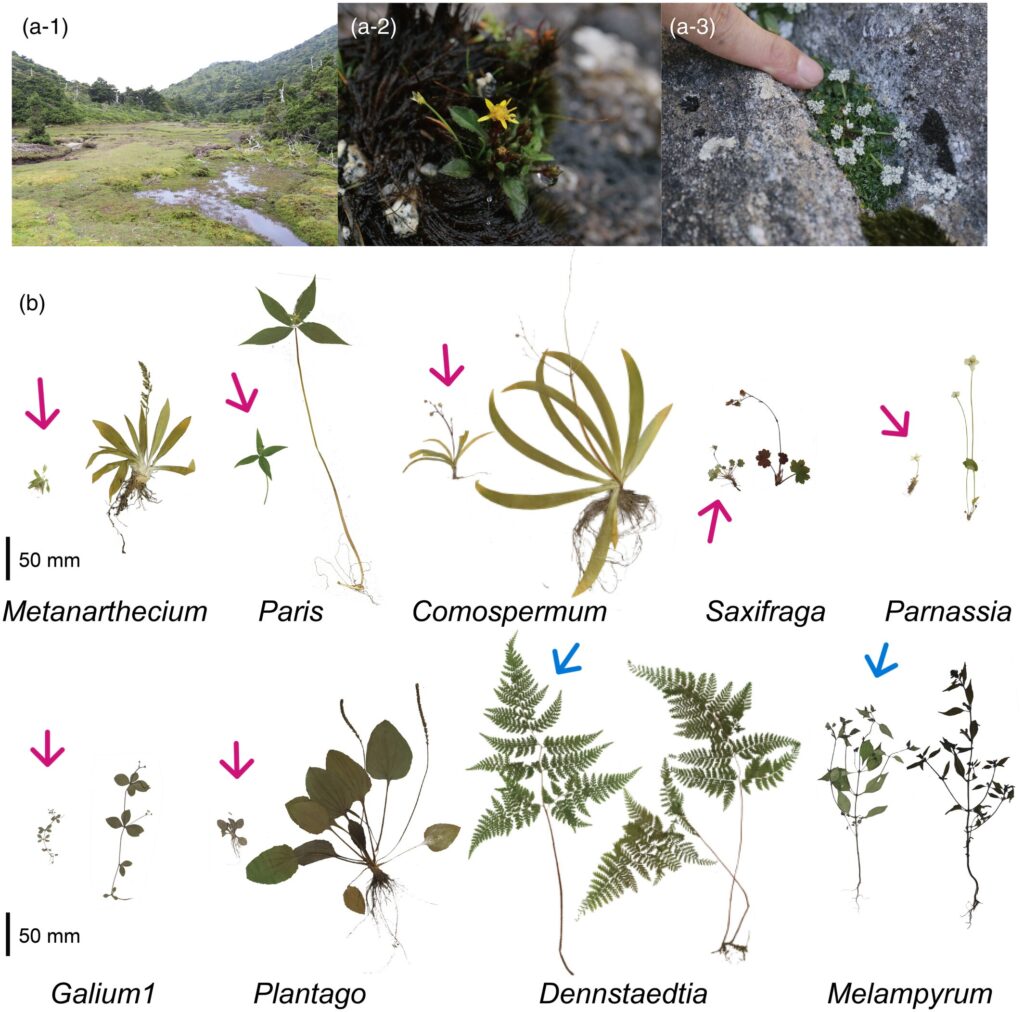Dwarfism = Becoming Smaller
Have you ever been to Yakushima, known as a lush island? It’s a paradise for those who want to feel close to nature, untouched by human hands. Because human intervention is minimal, the ancient ecosystem of Yakushima is preserved. It has been known that some plants on Yakushima exhibit “dwarfism.” The reason has now been revealed (as the title suggests).
Deer grazing drove an assemblage-level evolution of plant dwarfism in an insular system

Where does the pressure for dwarfism come from? From the deer.
There are various reasons why plants exhibit dwarfism. Through natural genetic mutations and selective pressures from environmental factors, dwarf individuals survive and dominate, leading to the species in that area becoming dwarfed. On Yakushima, it has been observed that some plants are smaller compared to their mainland counterparts, but there are also examples of plants in the same area that do not exhibit dwarfism, making it a mystery as to what natural environment caused the plants to become dwarfed. Various factors were considered, but it was ultimately concluded that the deer native to Yakushima influenced the dwarfism. This is a rare case that occurred because of Yakushima’s unique environment.
What actions of the deer led to the dwarfism of some plants?
Simply put, “preferences.” The deer on Yakushima thrived due to the absence of natural predators. For plants, being grazed by deer posed a significant threat. Particularly, plants that the deer preferred to eat faced unfavorable conditions, leading to the larger plants being grazed and eliminated. On the other hand, smaller individuals were overlooked, allowing them to survive and causing the entire species to become dwarfed. Supporting this theory, plants that the deer did not prefer showed little change in size compared to mainland plants, providing data that reinforce the idea that the deer’s preferences led to the dwarfism of the plants.

It’s like the Galapagos.
Yakushima, floating in the East China Sea, has become an island showcasing unique evolution due to the strong currents and the distance between islands. It might be the most accessible Galapagos. Besides this example, there are many other animals and plants undergoing unique evolution. Please go and see for yourself.



コメント